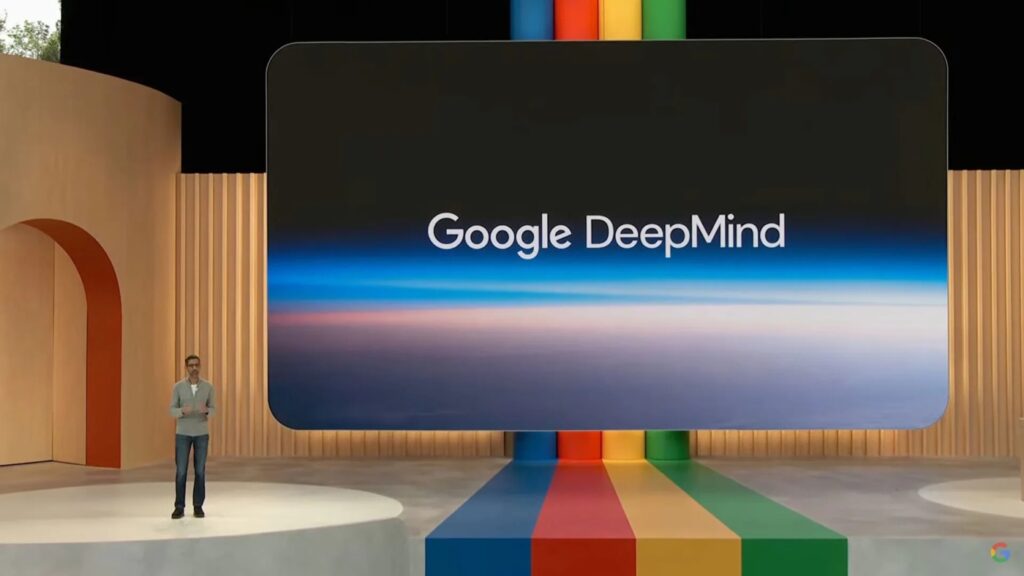Another significant innovation in the field of artificial intelligence. DeepMind, with its new tool named V2A, introduced the capacity to automatically voice videos. V2A, abbreviated from ‘video to audio,’ analyzes videos pixel by pixel and utilizes any written descriptions to create sounds. Thus, it can produce suitable sounds for the video even without a description. This is a significant step especially for AI-produced videos that usually remain silent but require voicing.
The Importance of V2A and Its Impact on Videos
Given that visual media should include both visual and auditory elements, the importance of V2A increases even more. For example, hearing the clatter of the rails or the sound of the locomotive while watching a video of a train speeding increases the impact of the video. Although DeepMind states that V2A is unrivaled in voicing such videos, the examples used are not yet fully convincing. The sounds often seem in sync with the video images but can give the impression of being overlaid with stock sounds.
The Future and Potential of V2A
However, considering how artificial intelligence technologies have developed over time, it is possible to say that V2a could be much more successful in the future. As AI tools are used and developed, they can produce more effective results. Therefore, we hope that V2A will be able to voice videos in a more natural and effective way over time.


